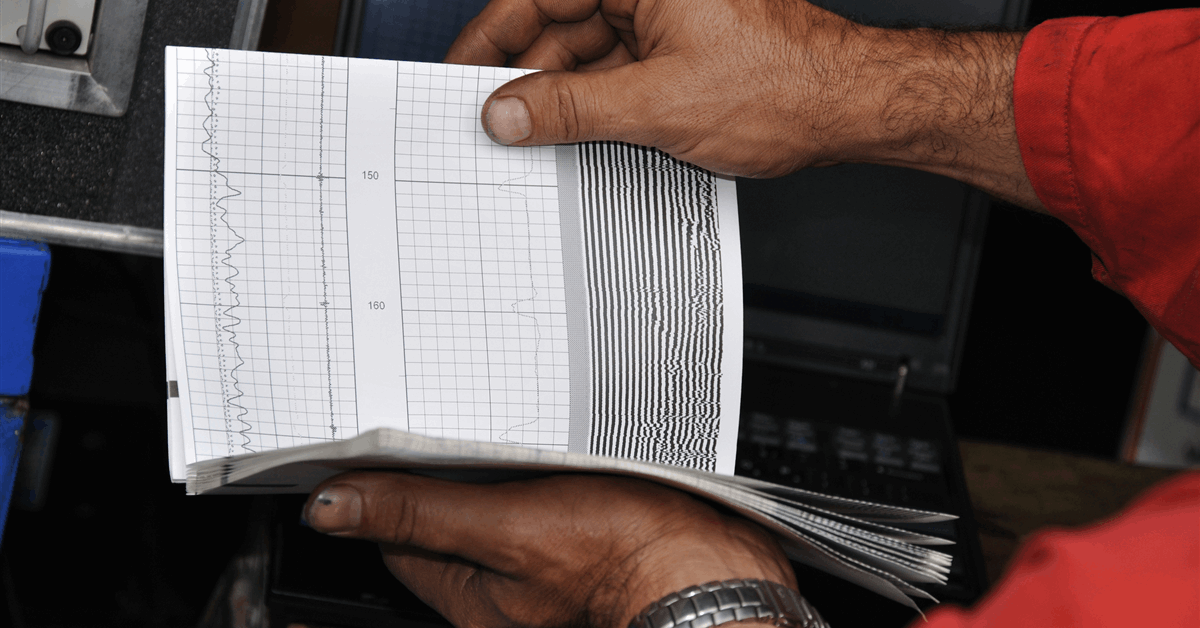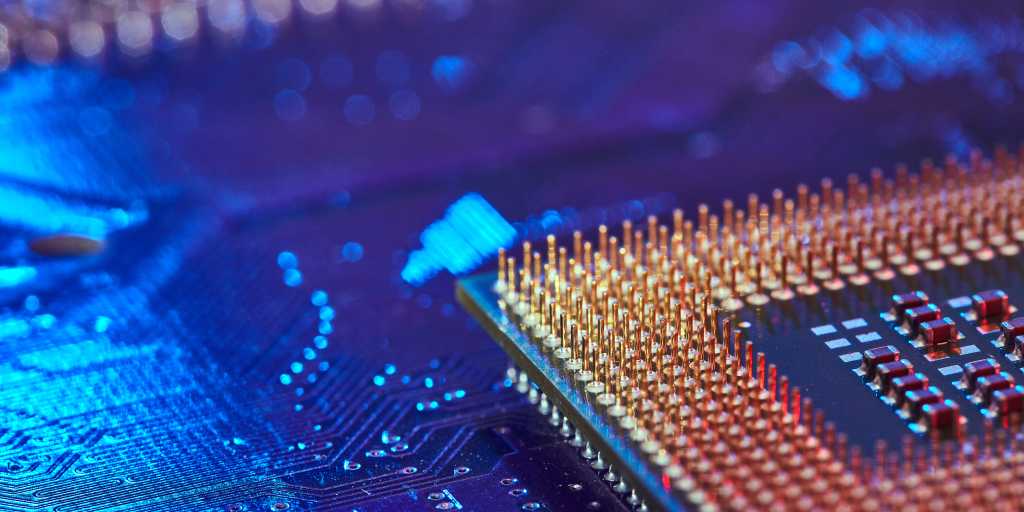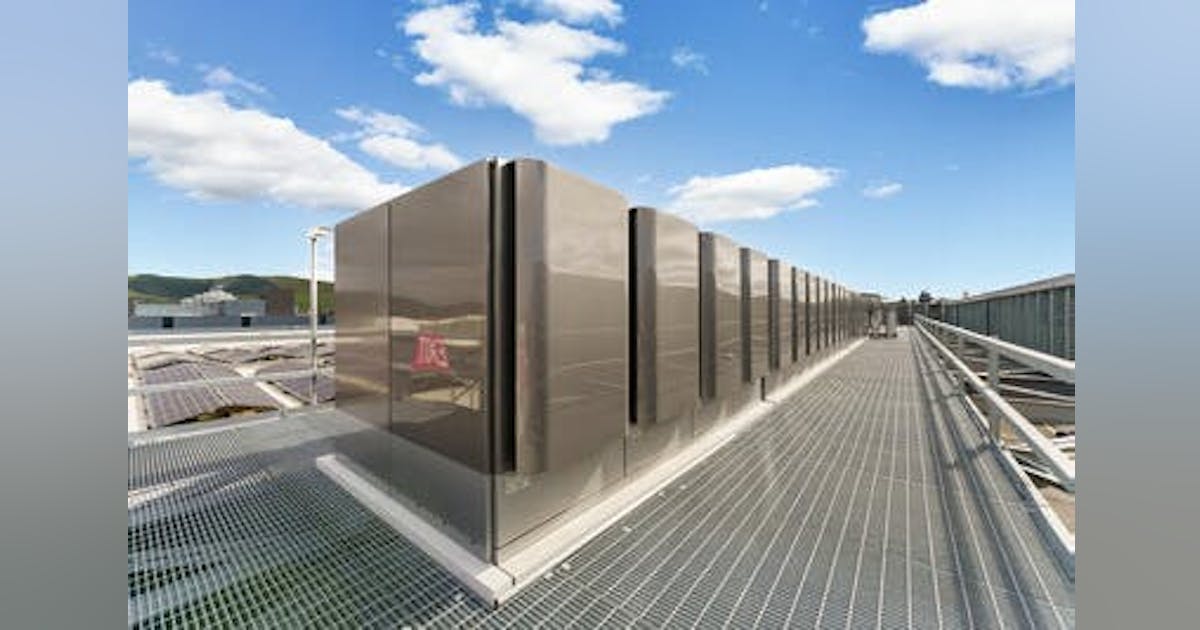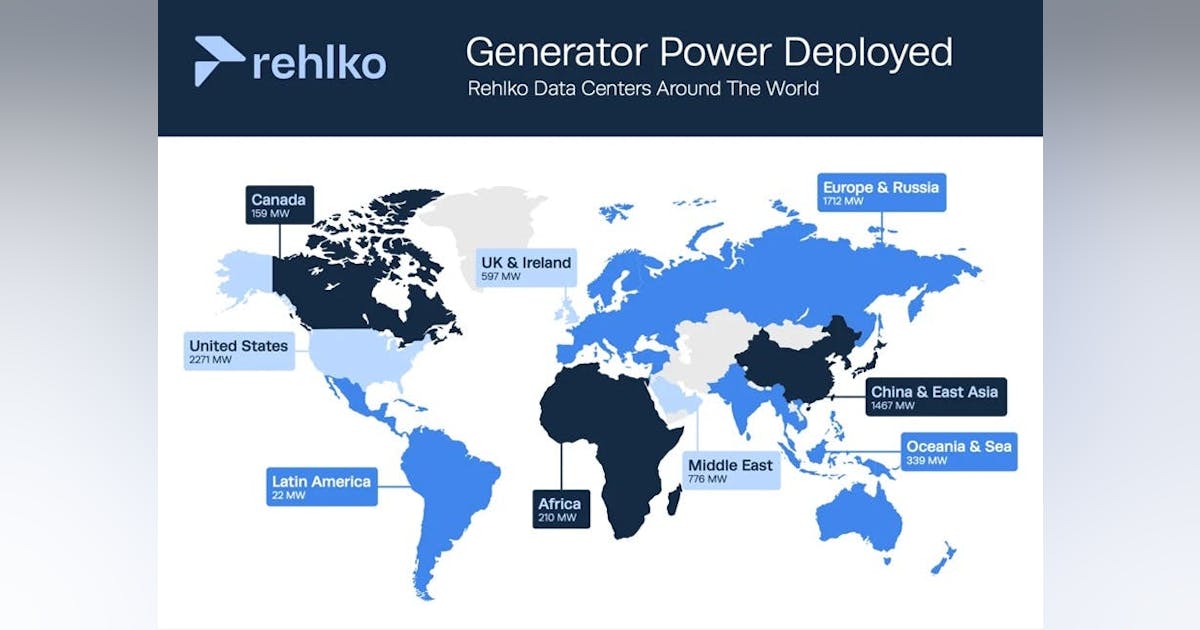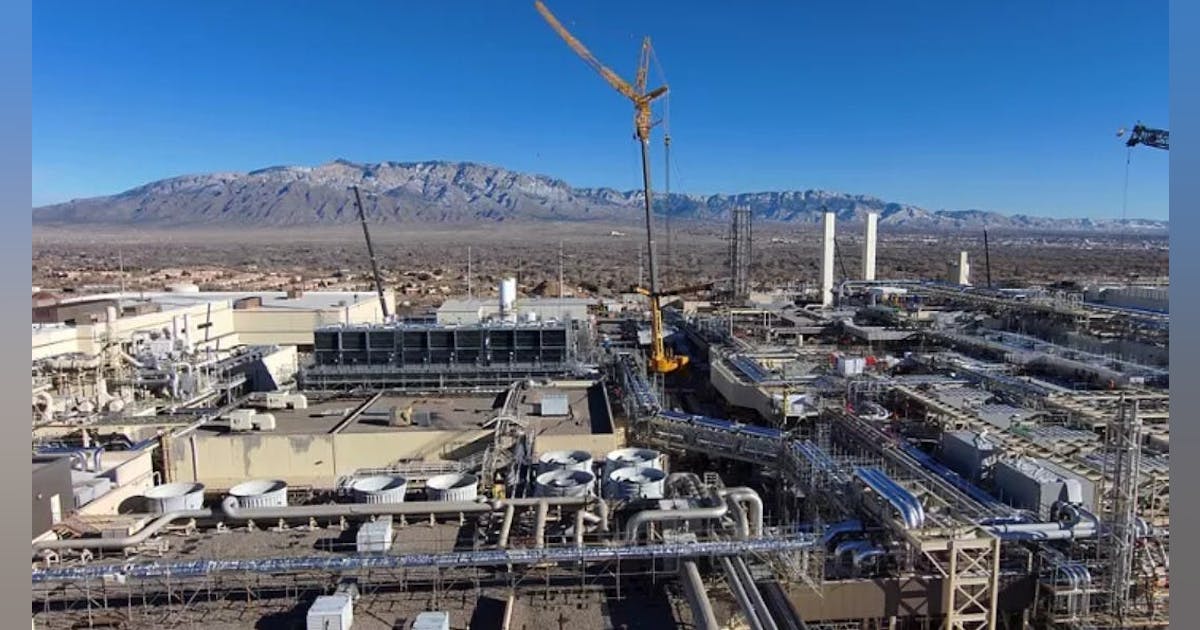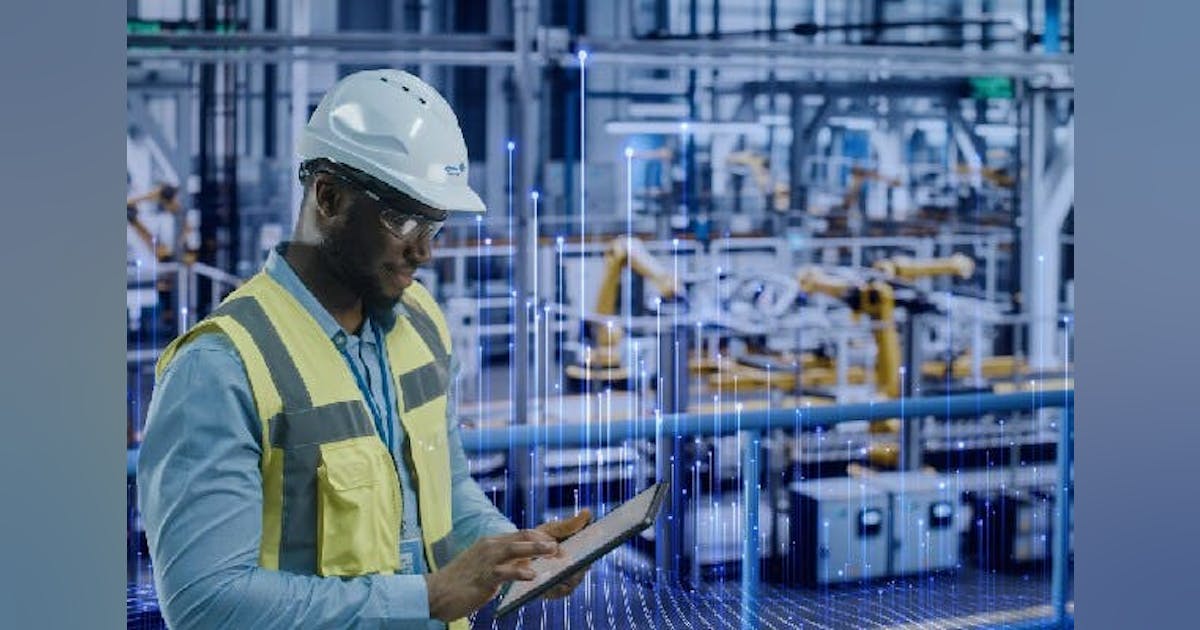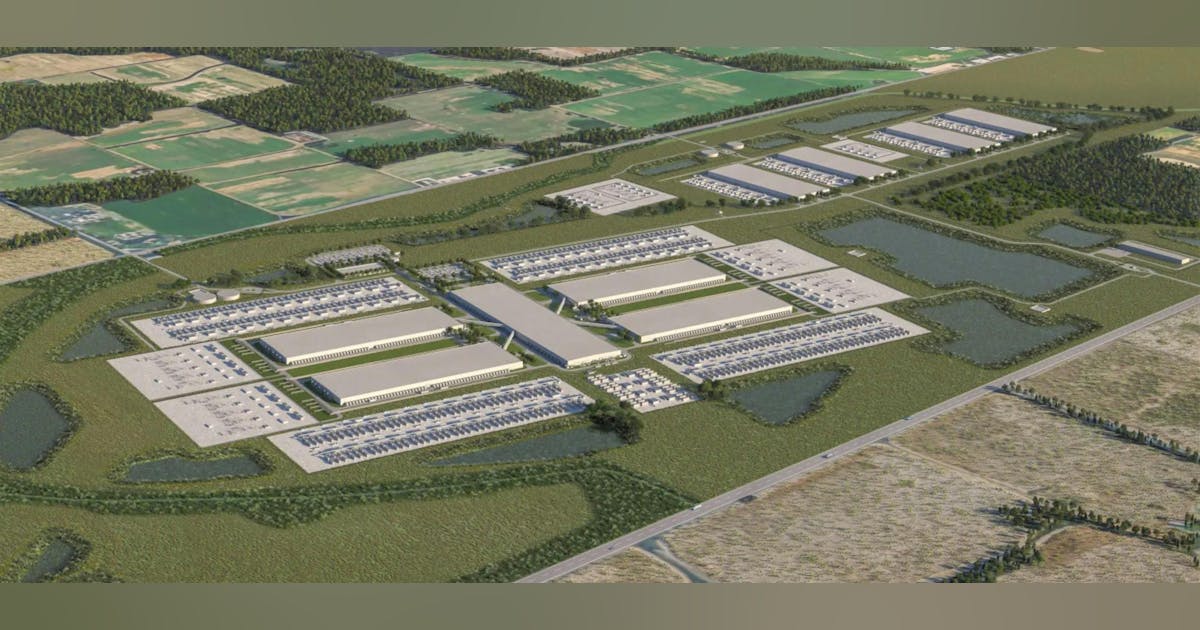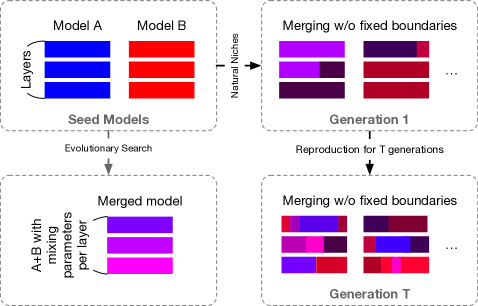
Artificial Intelligence is fundamentally changing the way data centers are architected, with a particular focus on the demands placed on internal fiber and communications infrastructure. While much attention is paid to the fiber connections between data centers or to end-users, the real transformation is happening inside the data center itself, where AI workloads are driving unprecedented requirements for bandwidth, low latency, and scalable networking.
Network Segmentation and Specialization
Inside the modern AI data center, the once-uniform network is giving way to a carefully divided architecture that reflects the growing divergence between conventional cloud services and the voracious needs of AI. Where a single, all-purpose network once sufficed, operators now deploy two distinct fabrics, each engineered for its own unique mission.
The front-end network remains the familiar backbone for external user interactions and traditional cloud applications. Here, Ethernet still reigns, with server-to-leaf links running at 25 to 50 gigabits per second and spine connections scaling to 100 Gbps. Traffic is primarily north-south, moving data between users and the servers that power web services, storage, and enterprise applications. This is the network most people still imagine when they think of a data center: robust, versatile, and built for the demands of the internet age.
But behind this familiar façade, a new, far more specialized network has emerged, dedicated entirely to the demands of GPU-driven AI workloads. In this backend, the rules are rewritten. Port speeds soar to 400 or even 800 gigabits per second per GPU, and latency is measured in sub-microseconds. The traffic pattern shifts decisively east-west, as servers and GPUs communicate in parallel, exchanging vast datasets at blistering speeds to train and run sophisticated AI models. The design of this network is anything but conventional: fat-tree or hypercube topologies ensure that no single link becomes a bottleneck, allowing thousands of GPUs to work in lockstep without delay.
This separation is more than a technical nicety; it is a direct response to the so-called “slowest sheep” problem. When even a single GPU cluster is forced to wait for data, the entire training process can grind to a halt, wasting valuable compute time and inflating operational costs. By dedicating a high-speed, low-latency network to AI workloads, data centers can keep GPUs running at peak efficiency, often above 95% utilization. Industry estimates suggest that every percentage point reduction in GPU idle time can translate to hundreds of thousands of dollars in annual savings for a large cluster.1
The shift is not without its challenges. The backend network’s insatiable appetite for bandwidth has all but eliminated copper from the equation, making single-mode fiber the standard bearer for intra-data center communications. Optical transceivers capable of 800 gigabits per second come with a steep energy cost, requiring advanced cooling solutions to keep power consumption in check. And while this physical separation brings clear performance benefits, it also limits the flexibility to share resources between workloads, demanding careful planning and foresight from data center architects.
In essence, the AI data center now operates as a dual-purpose facility: one part traditional cloud, one part supercomputer. The implications for fiber and communications infrastructure are profound, as operators strive to balance the demands of two radically different worlds within a single building.
Exponential Bandwidth, Low Latency, and Surging Cabling Demands
The relentless push of artificial intelligence into every corner of the data center has rewritten the rules for network performance and physical infrastructure. Where traditional applications could tolerate modest bandwidth and the occasional delay, today’s AI workloads, especially those powering real-time inference and decision-making, demand nothing less than instantaneous data movement between processors, GPUs, and storage. The internal network is now expected to keep pace with computational throughput that would have been unimaginable just a few years ago.
At the heart of this transformation is a dual mandate: ultra-high bandwidth and ultra-low latency. AI workloads, with their voracious appetite for data, can easily overwhelm legacy copper-based networks. Fiber optics, with their ability to carry vast amounts of information at the speed of light, have become the undisputed backbone of intra-data center communications. Only fiber can reliably shuttle the massive datasets required for AI training and inference without introducing bottlenecks that would cripple performance.
But the shift to fiber is about more than just raw speed. Real-time AI applications require near-instantaneous data transmission, leaving no room for delays that could disrupt critical decision-making. Fiber’s inherent advantages (low signal loss, immunity to electromagnetic interference, and the ability to transmit data at the speed of light) make it the only viable solution for meeting these stringent latency requirements.
The impact on data center cabling is profound. A single AI server equipped with eight GPUs, for example, may require eight dedicated backend ports plus two front-end ports—a far cry from the one or two ports typical of traditional servers. This explosion in connectivity needs translates directly into a surge in fiber density. Industry studies suggest that AI-focused data centers may require two to four times more fiber cabling than their hyperscale counterparts, a figure that underscores the scale of the challenge.
Meeting these demands has forced a wave of innovation in cabling technology. Solutions like MPO-16 connectors and rollable ribbon cables have emerged to reduce cable diameter by as much as 50%, enabling higher port density in patch panels and easing the strain on physical infrastructure. Meanwhile, prefabricated, modular cabling systems are cutting deployment times from years to months, as demonstrated in ambitious projects like the Memphis X AI data center.
As AI continues to drive the evolution of data center infrastructure, the need for exponential bandwidth, minimal latency, and ever-greater fiber density will only intensify. The industry’s response, ranging from advanced cabling solutions to modular deployment strategies, reflects a recognition that the future of AI is being built literally one fiber at a time.

